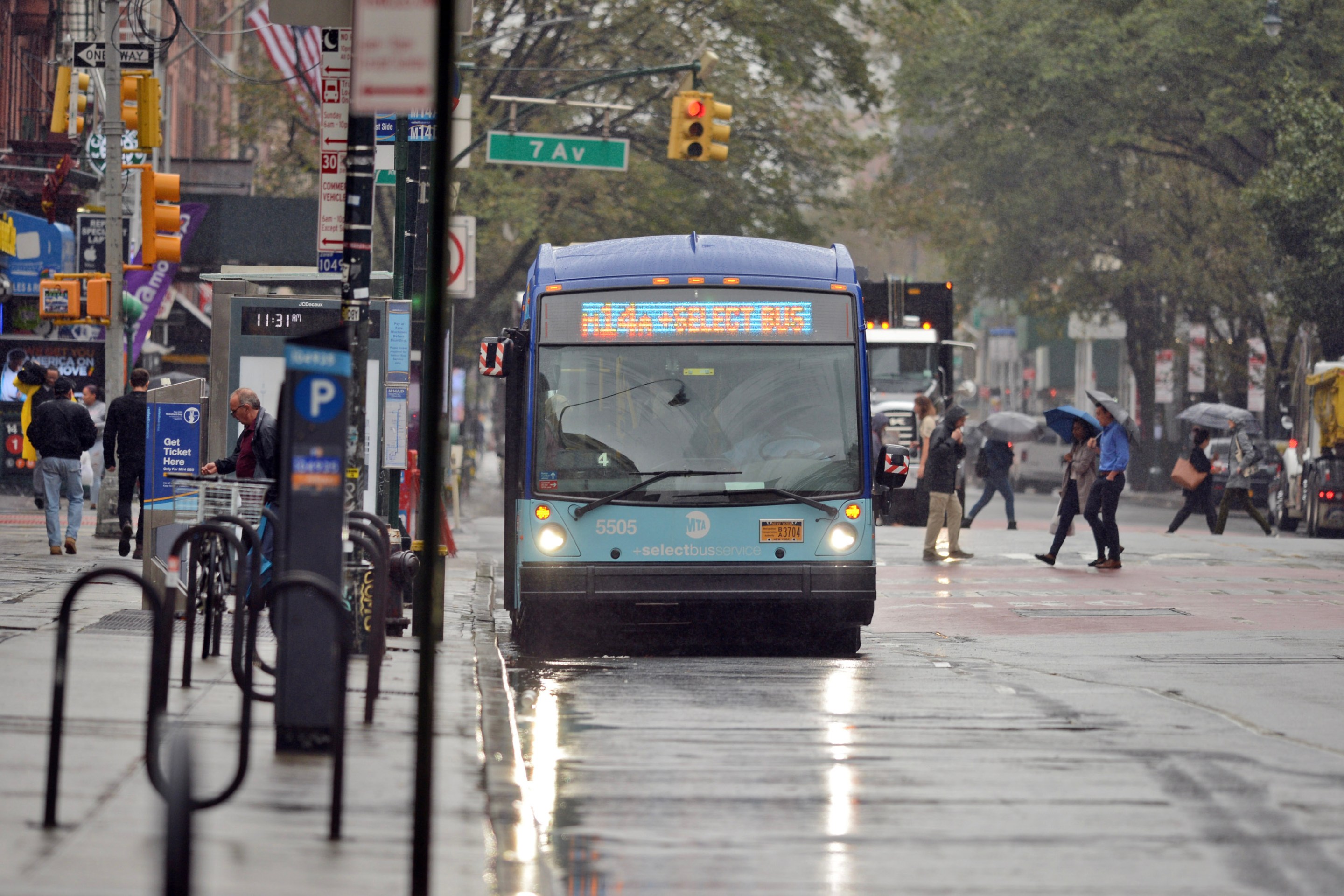Safe at home.
Manhattanites have one more reason to appreciate congestion pricing: early statistics show that roadways inside the congestion relief zone below 60th Street are experiencing fewer crashes resulting in fewer injuries.
According to just-updated city statistics, in the first 12 days of congestion pricing — Jan. 6 through Jan. 17, which includes 10 business days and one weekend — 37 people were injured in 90 total reported crashes, down from 76 injuries in 199 crashes over the same 12-day period in 2024.
That's a 51-percent drop in injuries and a 55-percent drop in crashes year over year.
Even disregarding 2024, when pedestrian injuries were up, the congestion pricing safety effect remains, compared to 2023, when there were 51 injuries in 173 crashes in the congestion relief zone in the first 12 days of that year.
Compared to that, 2025 has had 27-percent fewer injuries and 48-percent fewer crashes.
The number of total crashes during the start of congestion pricing is even lower than the number of crashes in the same zone during the pandemic-affected weeks in the start of both January 2021 and 2022, as the chart below shows.
It's obviously too early for officials to take a victory lap — a safe one, that is — but a spokesperson for the Department of Transportation said the agency was "pleased" by Streetsblog's number-crunching, though added, "It’s too soon to draw conclusions." (The numbers above, for example, do not account for weather conditions in the different 12-day periods.)
"DOT will be monitoring Vision Zero trends relating to Congestion Pricing over time and will continue to deliver projects to make traveling to and through Manhattan’s core safer and easier without a car," the spokesperson said.
MTA Policy and External Relations Chief John J. McCarthy added that the results are basic math.
“Seems logical that fewer vehicles, less gridlock and calmer traffic flow in the congestion relief zone would lead to a decrease in crashes and injuries,” he said.
Advocates agreed that the reduction in crashes was inevitable, given the data already showing that the sheer number of cars entering the area of Manhattan below 60th Street has dropped by an estimated 7.5 percent.
"Less congestion means fewer crashes," said Danny Pearlstein, the spokesperson for Riders Alliance. "Just like everywhere else in the world, congestion relief is keeping more New Yorkers, commuters and visitors safe from harm. Sooner or later, the haters, deniers, and trolls with big government paychecks, at the Post, and on social media will have to own up to reality.
"Opponents not only want longer commutes, but more dangerous and even deadly streets to drive us apart and make as many people as furious and terrified as they can," he added.
Ben Furnas, the executive director of Transportation Alternatives, saluted the "promising" early data.
"Even one fewer crash can mean that a parent gets home to their kids, a worker reaches their job safely, or a cyclist arrives unharmed," he said. "The Adams administration should take decisive action to expand pedestrian spaces, invest in safer corridors and intersections, and develop dedicated bus lanes and a high-quality, protected bike lane network. This will help ensure that congestion pricing works effectively for all.”






